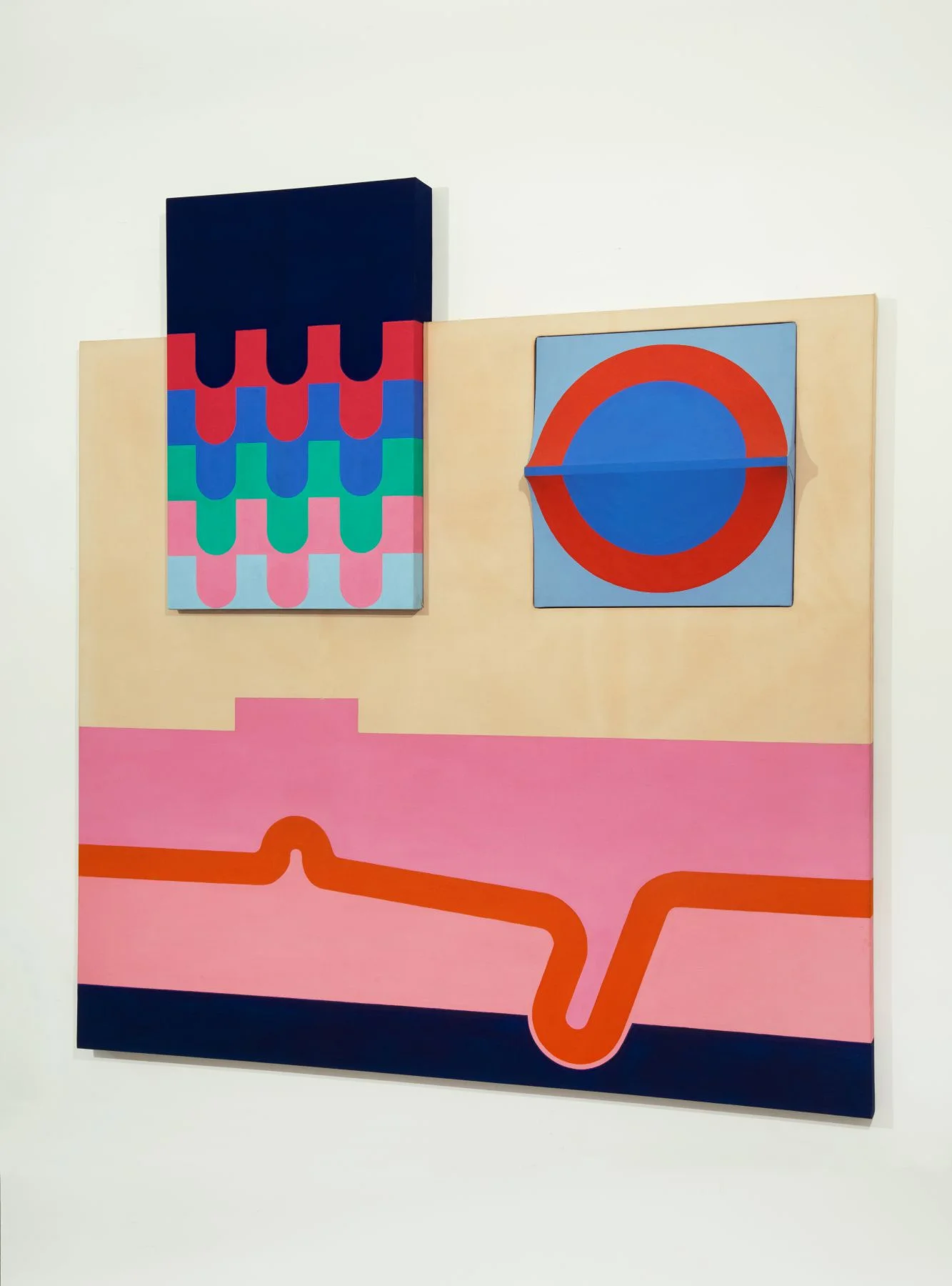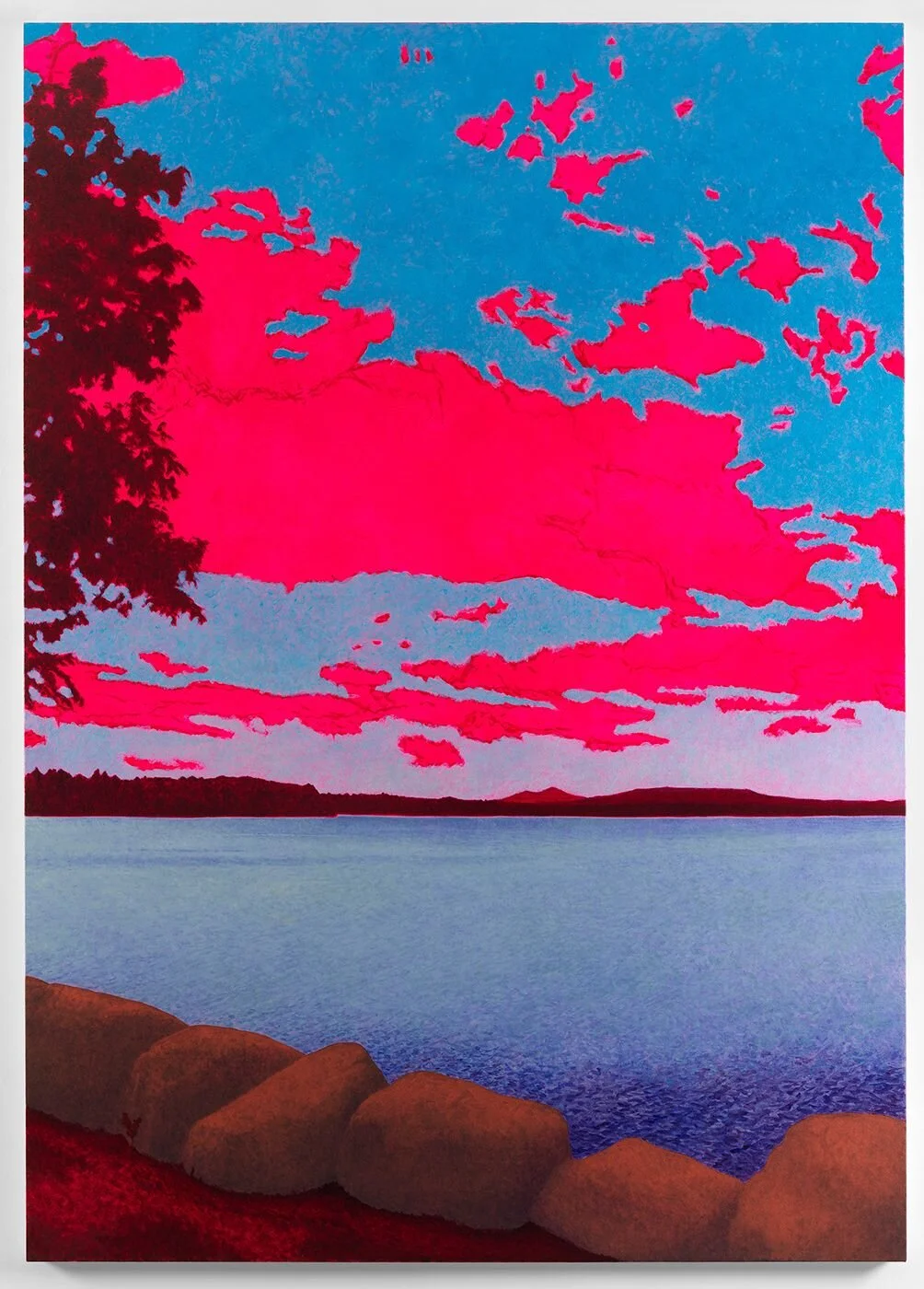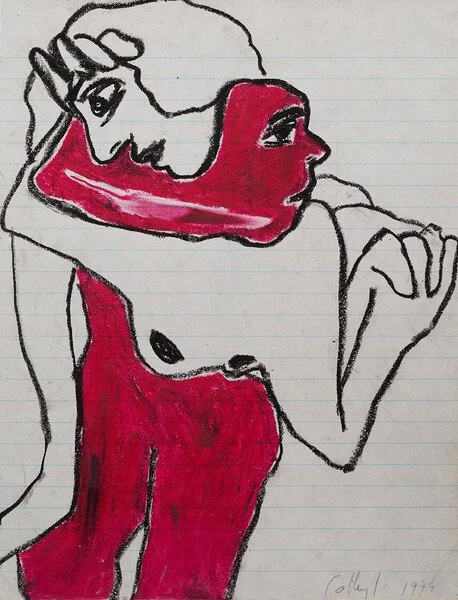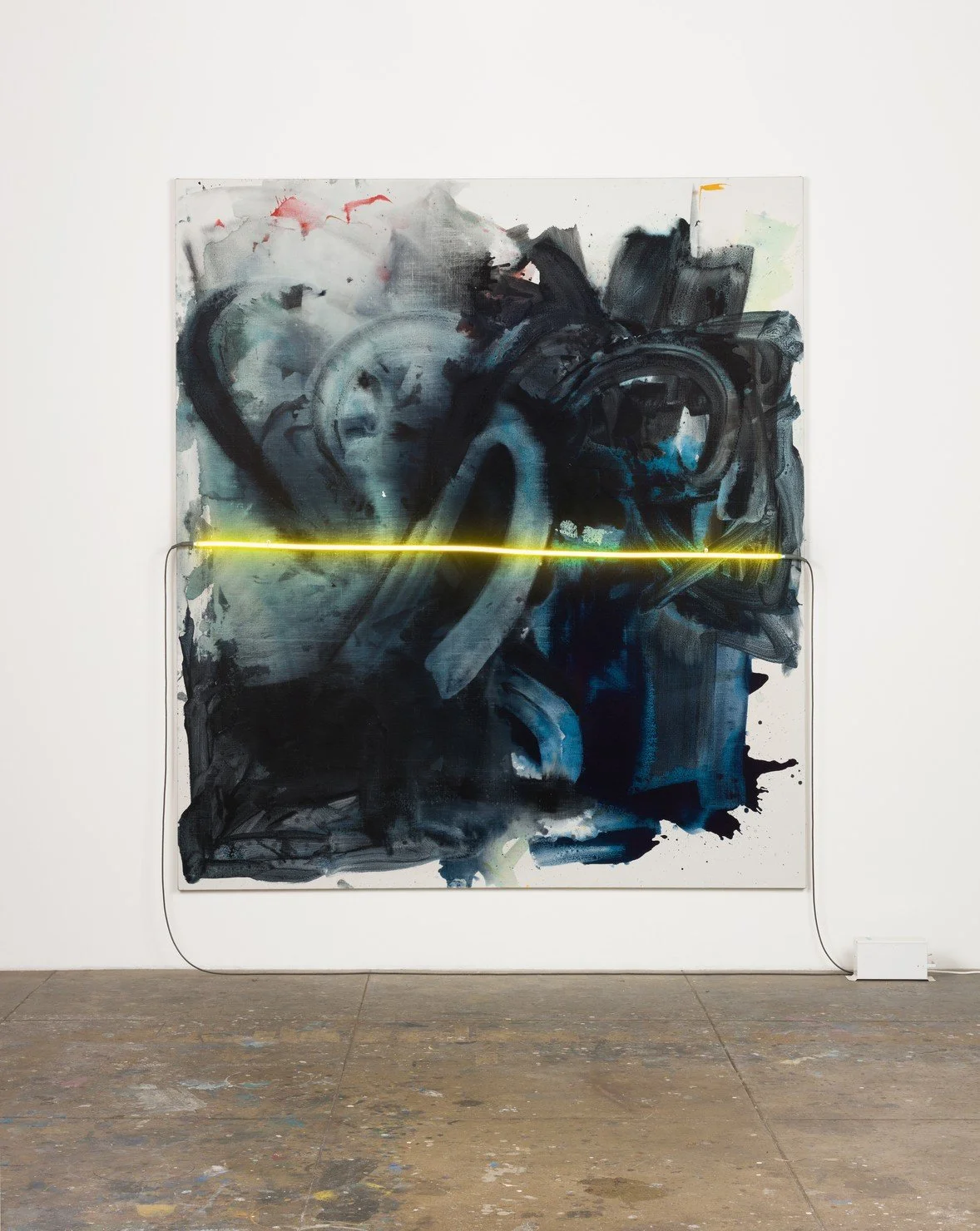Mary T. Smith
“We Our”
New York, 179 East Broadway
Mary Tillman Smith (1904–1995) took an intuitive approach to making art and passionately painted self-portraits, as well as people and scenes from her daily life in rural Mississippi. Smith also portrayed biblical stories and characters, whose appearance in her work is anything but religious. These paintings, which were displayed outdoors and obviously made to be seen and attract notice, fall neatly into the tradition in the Deep South of the United States of “yard shows” created by African-Americans on their properties to commemorate personal histories, or to allude to certain thoughts, beliefs, or social-political messages that cannot always be openly expressed.
While it is common to focus on the biographies of self-taught artists, the most striking aspects of Mary T. Smith’s paintings are their effortless confidence, originality and competence, which make them strong examples of American contemporary art. Her images are bold, vibrant, and relate much more to those of better-known artists such as Jean-Michel Basquiat or Georg Baselitz than they do to anything in the traditional folk art category, to which her work has typically been relegated until recently.
Smith began “making pictures” on found wood and corrugated-metal sheets in the late 1970s, following her retirement from work as a domestic servant and cook in Hazlehurst, a town in southwestern Mississippi. Smith mostly created her paintings outdoors, in a covered workspace she had constructed herself, and her earliest creations were inspired by two tall advertising billboards that loomed over her property, which passersby could not help but see as they drove by her house on Mississippi State Highway 51. Her art-making strategy was simple but effective — she combined images and texts to attract attention and visitors.
Texts and lettering play a strong design-role in Mary T. Smith’s artwork; the writing in her paintings offers direct declarations of her spirituality but is sometimes completely illegible and functions more symbolically than as a mode of explicitly conveying the artist’s sentiments.
During the last years of her life, Smith created several hundred paintings. Today, her work can be found in such notable public collections as those of the Metropolitan Museum of Art, New York; the Fine Art Museums of San Francisco; the Smithsonian American Art Museum, and The High Museum of Art in Atlanta.






